Mariana Carolina Sastre
PhD Student at Kapteyn Astronomical Institute
University of Groningen, The Netherlands.
Interest on exo/planetary geophysics.
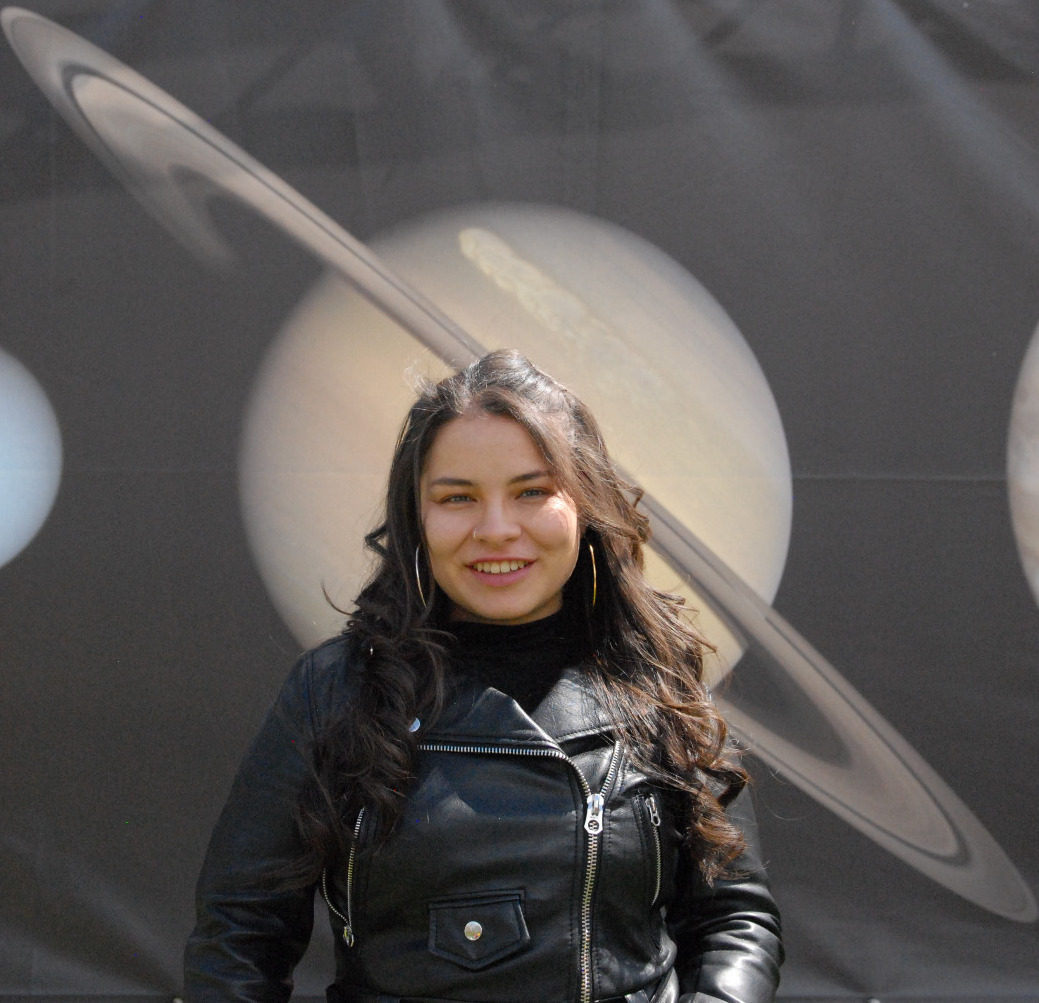
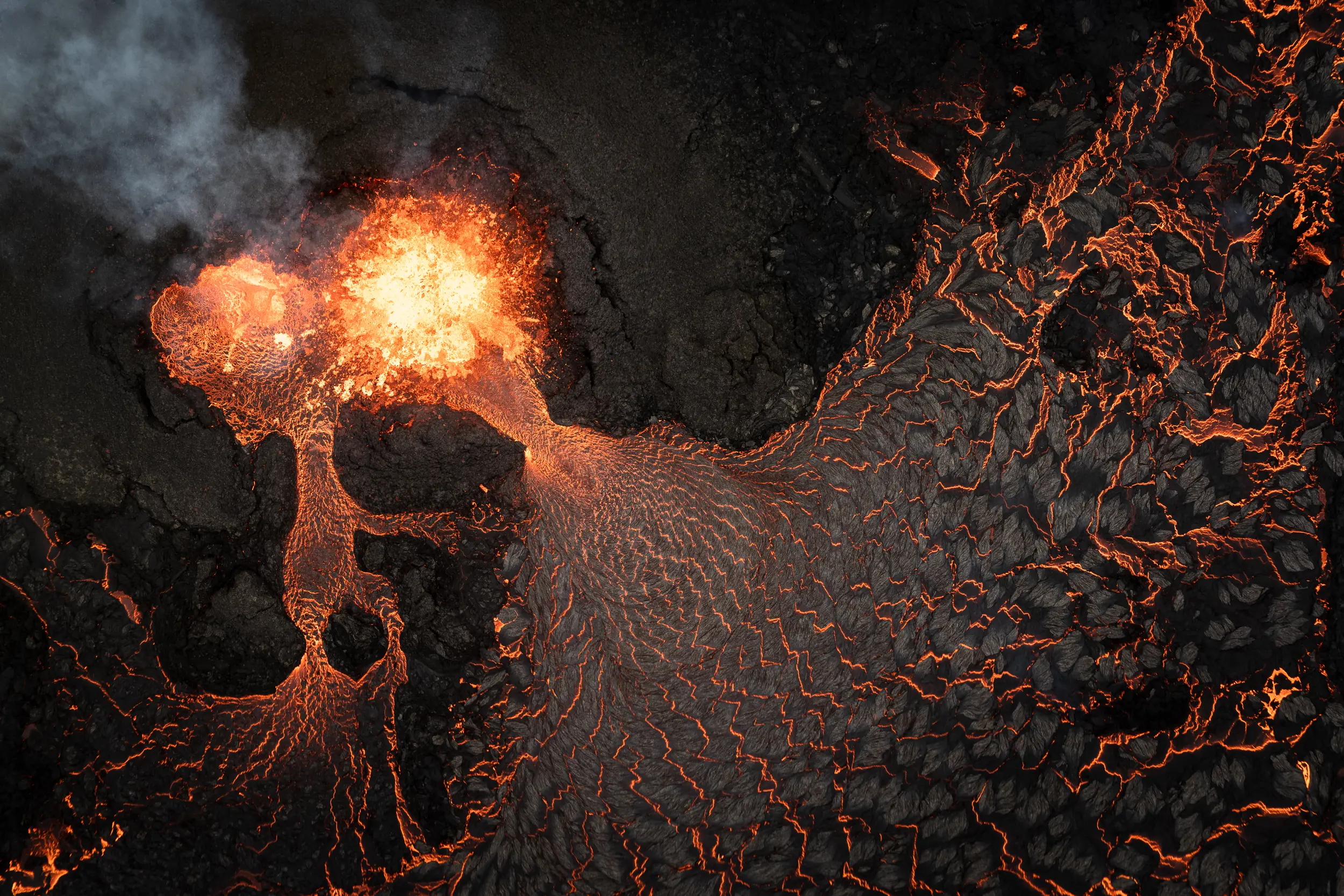
I'm an astrophysicist from Colombia 🇨🇴. My research focuses on the geophysical evolution of Magma Ocean Exoplanets.
I want to understand how rocky exoplanets solidify and how their atmospheres and observability evolve during geological timescales.
To do this, I use a combination of 1D numerical simulations that includes the evolution of the magma ocean, the atmosphere, and the solid mantle.
Right now, I'm working at the Forming Worlds Laboratory
under the supervision of Dr. Tim Lichtenberg.
In this website, you will find information about my research, outreach activities, and my journey in Astronomy and nature.
Photography is one of my favorite ways to see the world. I’ve recently started taking aerial photos with my drone Drogo — stay tuned for the full gallery!
Contenido en Español:
En este video encontrarás mi participación en el seminario de Geociencias de la Universidad de los Andes, Colombia. Allí explico mi trabajo de investigación de doctorado sobre la evolución geofísica de los planetas con océanos de magma. El Departamento de Geociencias fue mi hogar durante mi pregrado y volver (aunque virtual) fue una experiencia muy emotiva.
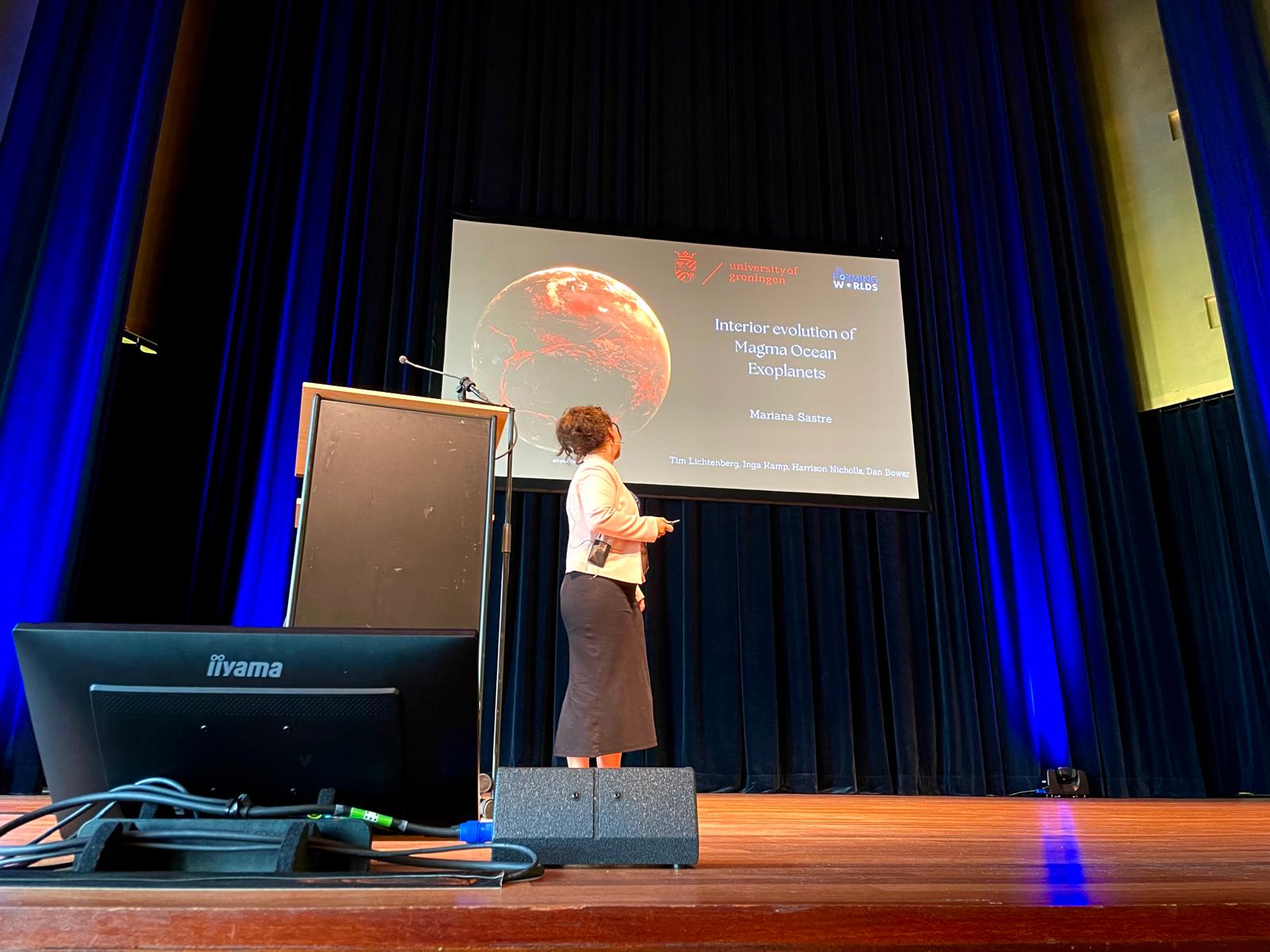
During the past five years, I have oriented my academic interestes towards the study of numerical methods on exoplanetary geophysics. Therefore, after my bachelors I moved to Switzerland to learn more about exoplanetology. In this way, I did my master's thesis at the Astronomical Observatory of Geneva, on the context of the Center for Life in Universe. After that, I moved to The Netherlands for my PhD research: which focuses on understanding the solidification processes of rocky exoplanets and how their atmospheres and observability evolve over geological timescales. Here, I provide an overview of my ongoing PhD project and summarize my Master's thesis research, which includes my first collaborative paper.

I've been always interested on helping the astronomical community in my country to develop and expand to territories with underrepresented communities. For this, I joinned the Colombian Network of Astronomy Students (RECA), which is an association that aims to create spaces that allow the exchange of ideas and significant experiences among its members, where we work for the realization of various academic and social impact projects. One of these projects that I'm involved in as an orginizing committee member, is the Mentorship program. A program designed to help BSc. students to get into a gradutate program and guide them with the application process in a 1-1 weekly meetings. With the mentors being colombian astronomers working on highly recognized institutions all around the world.
I had the immense priviledge of growing up surrounded by the beautiful nature of the Andean mountains. There, I developed a deep love for this planet's landscapes, during my bachelor I had the opportunity to study Geoscience alongside Physics, which allowed me to learn about the processes that made this planet the way it is. After that, I could never see nature the same way again. I began to notice the beauty of the world around me and how everything is connected. I love hiking, climbing, running, and spending time photographing nature. I believe these experiences have shaped my perspective on life and my work as a scientist. Somehow, during this journey between magma ocean exoplanets and outdoor adventures sparked a deep interest and passion for volcanoes. I can’t visit 55 Cancri e, but I can visit volcanoes here on Earth. That’s where my project "La Volcánica" comes from. I plan to visit as many volcanoes as possible, I want to explore the full potential of my body and mind in high altitude environments that makes me feel in other planet. Below, you’ll find some of the volcanoes I’ve visited since this project started in 2016. I hope to keep adding more volcanoes, mountains, and rainforests to this list and share my experiences with you. Random fact about me : I -REALLY- love documentaries :)
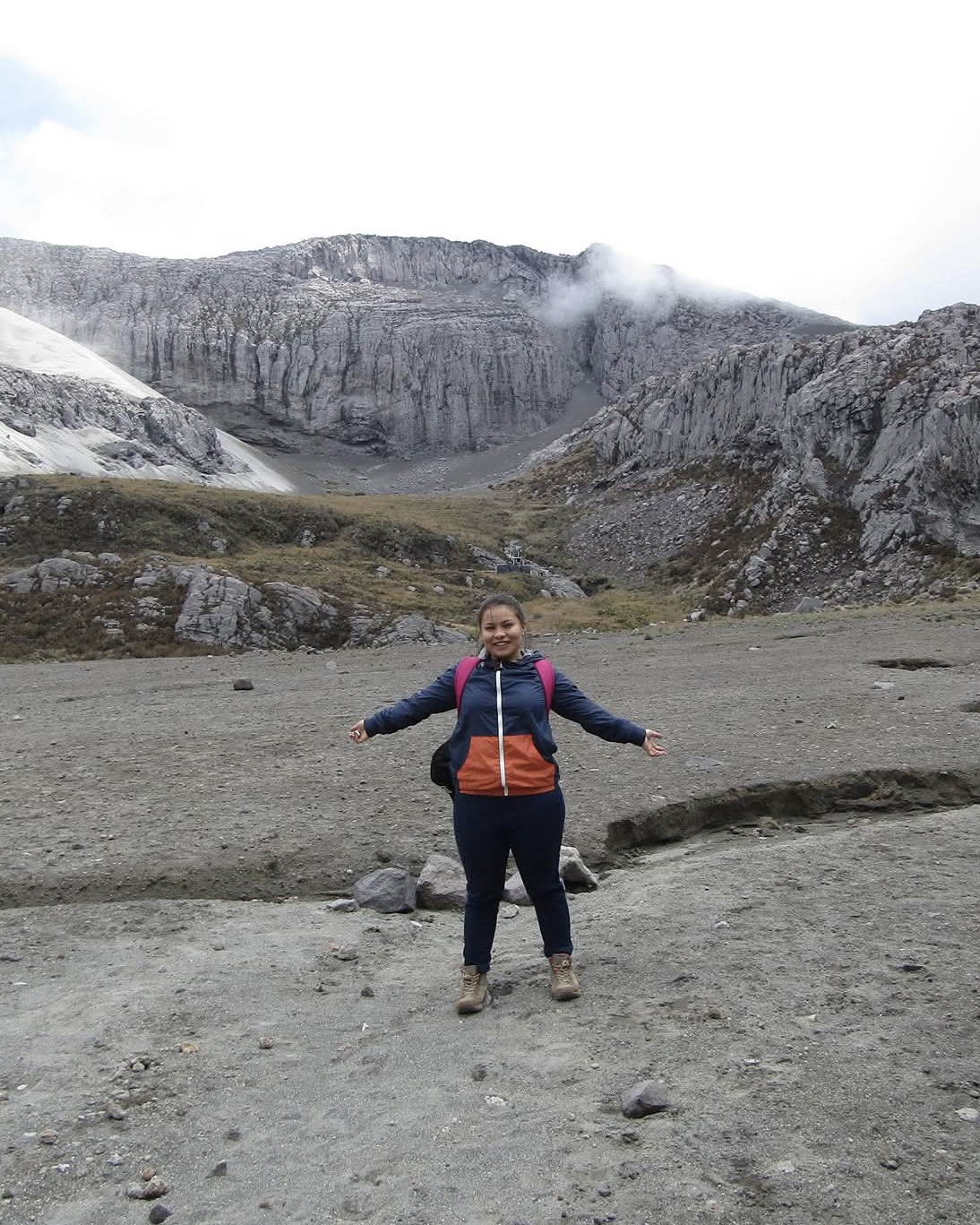
Volcán Nevado del Ruiz (4450m), Colombia (2016)

Volcán Nevado Santa Isabel (4800m), Colombia (2017)

Nevado del Cocuy (5100m), Colombia (2021)
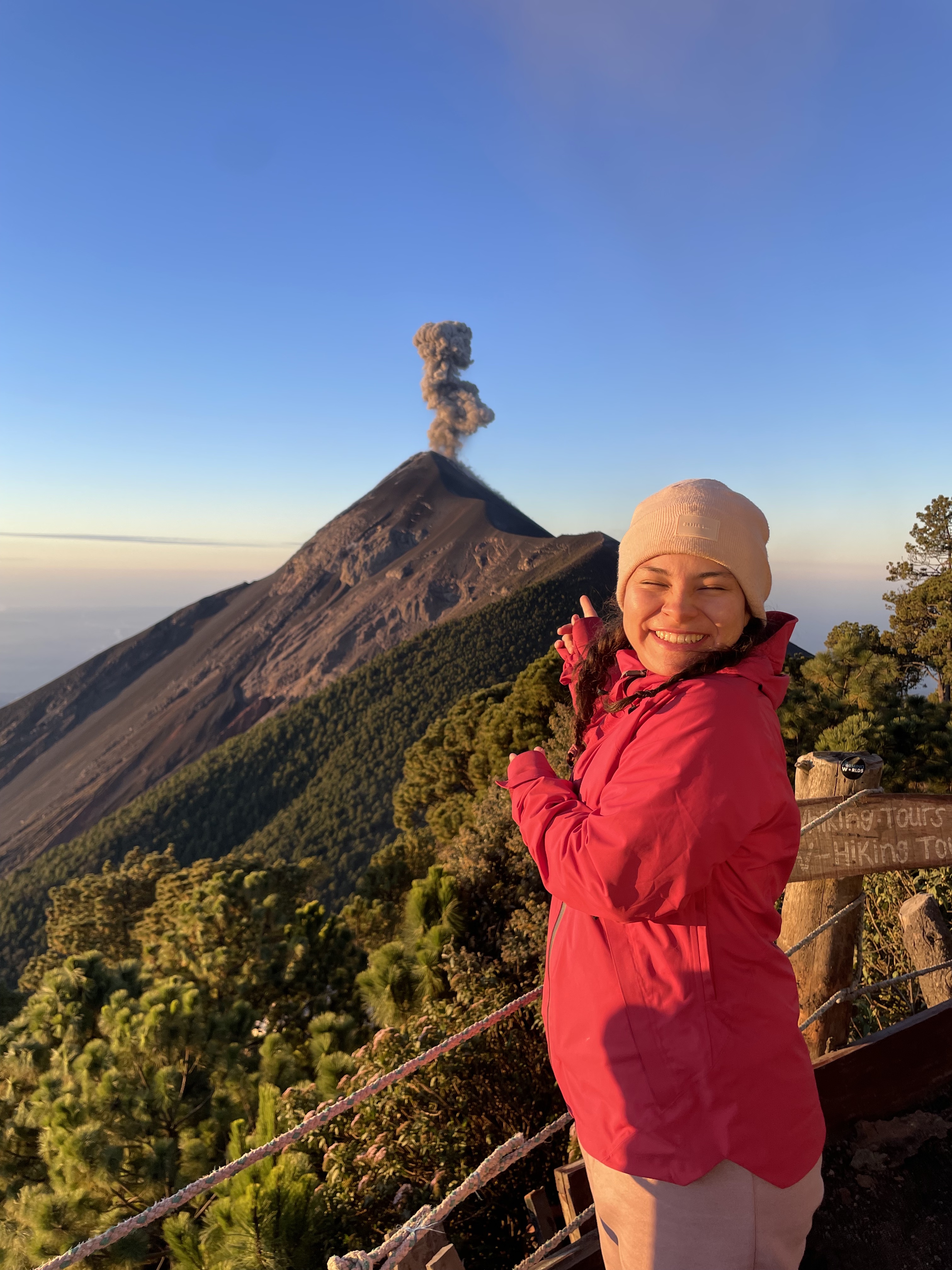
Volcán de Fuego (4000m), Guatemala. (2025)

La Traversée de Charlevoix, Québec, Canada (2025)
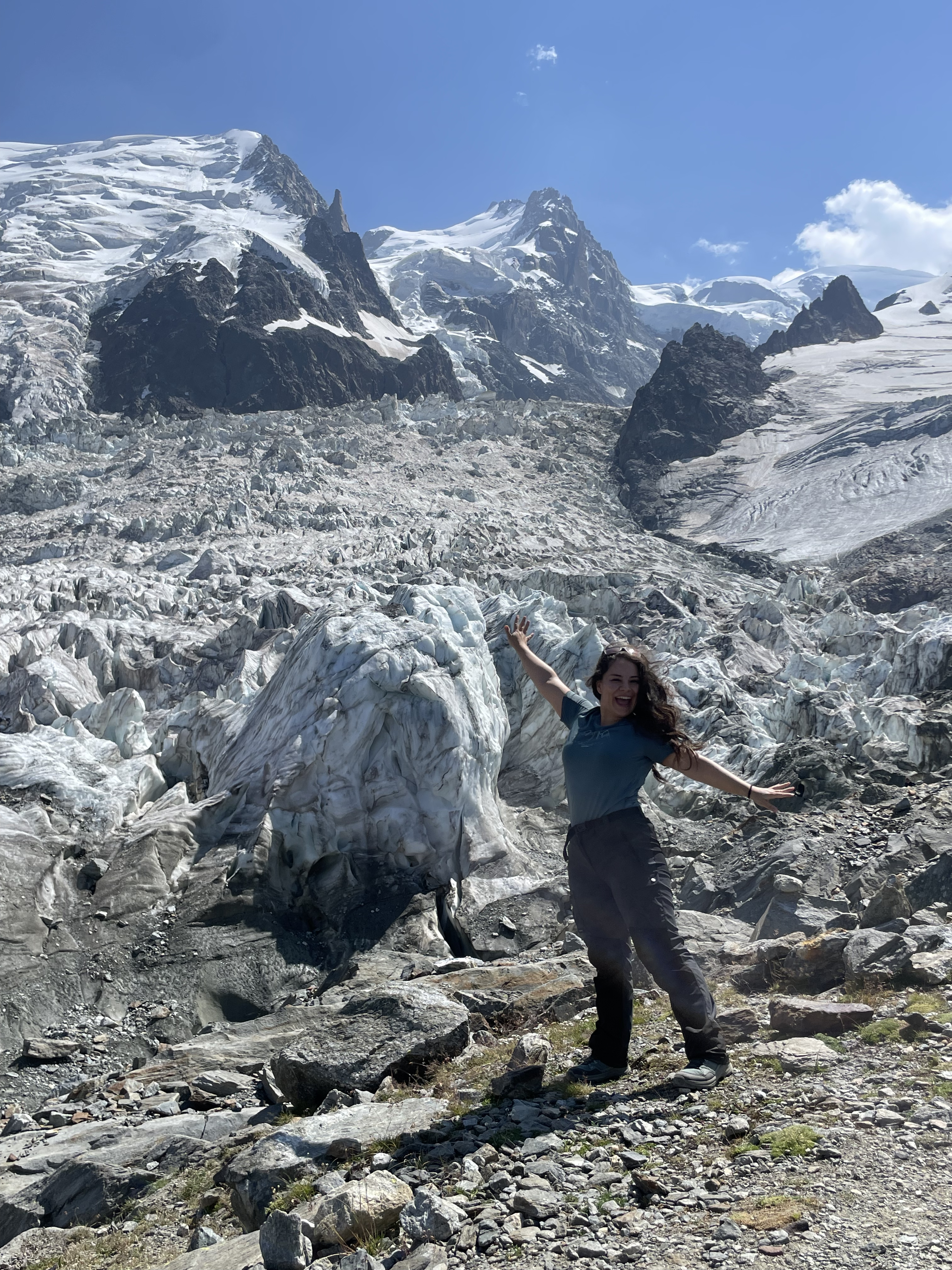
La Jonction, Mont Blanc, France (2025)
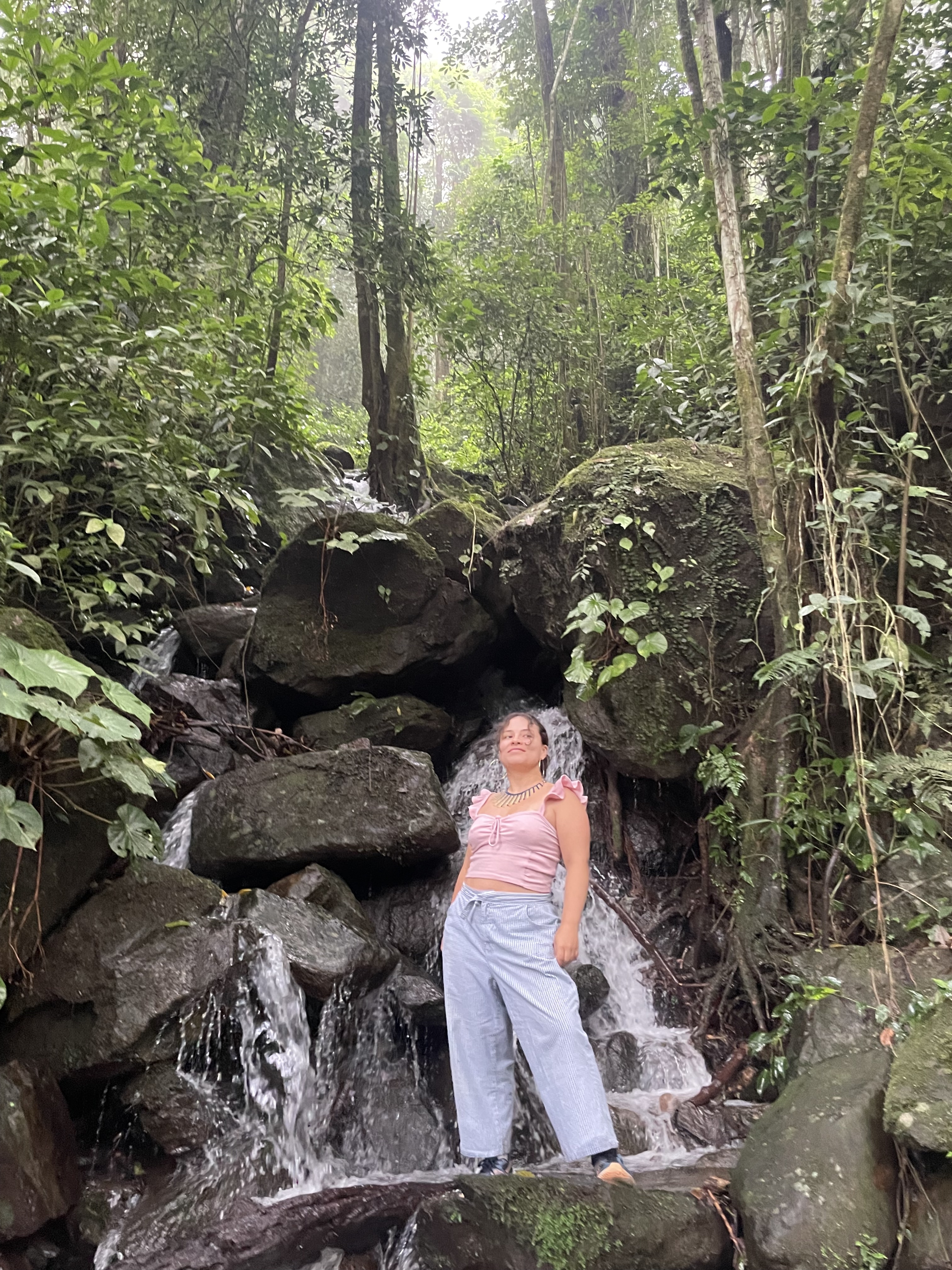
Minca, Magdalena, Colombia (2024)
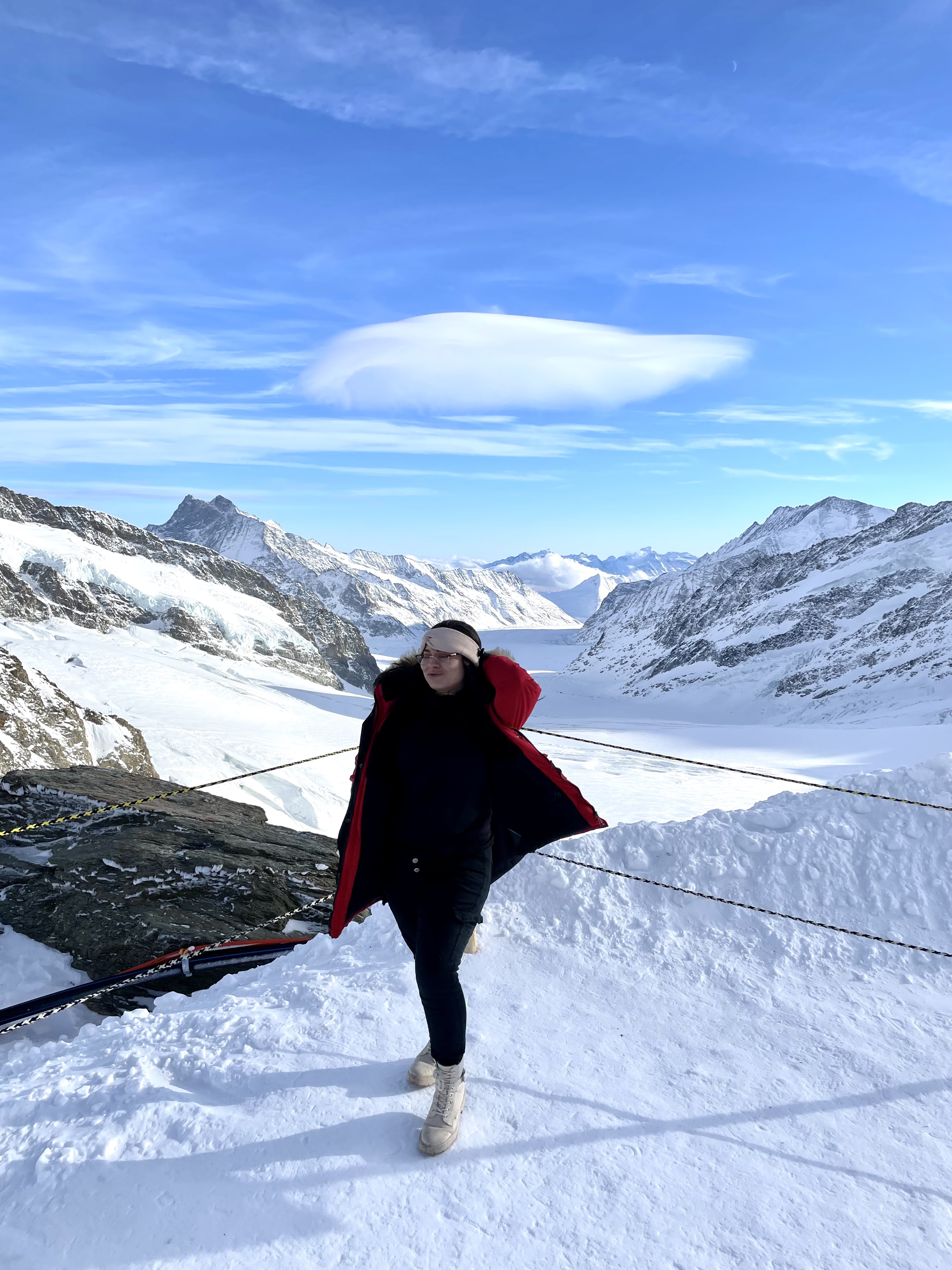
Grindelwald, Switzerland (2022)
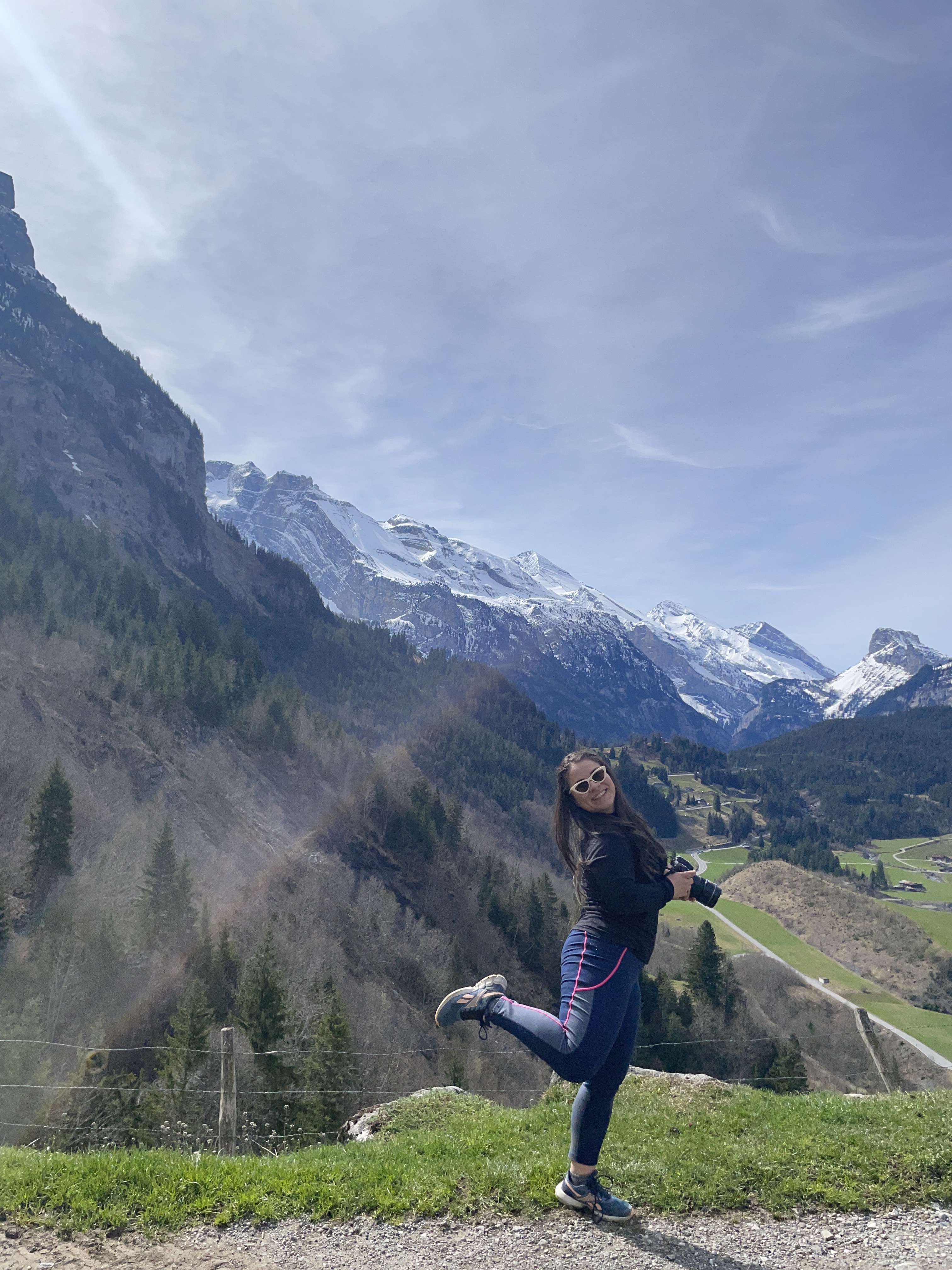
Kandersteg, Switzerland (2023)
Let’s chat about it :)